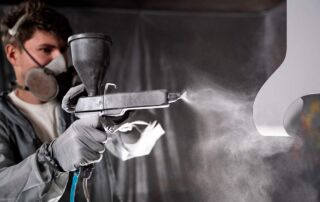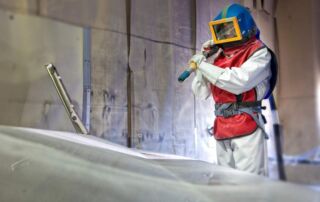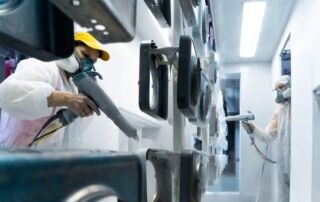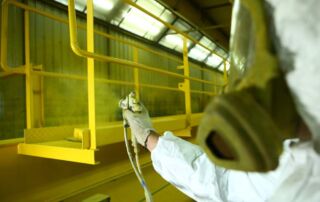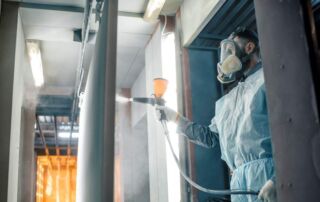Space Considerations When Designing a Powder Coating System
When planning to integrate a powder coating system into a facility, carefully evaluating the space requirements is vital to creating an efficient and productive operation. Asking the right questions can help ensure a well-designed and functional layout. Key Questions to Ask What is the total amount of floor space required for the powder coating system? Ensuring adequate floor space is essential for safety and efficiency. Crowded layouts can increase the risk of accidents and create operational bottlenecks. Is there sufficient space between machines for accessibility? Providing enough clearance between machines is crucial. Operators should be able to remove parts from the line and resolve issues without difficulty. Do workers have enough room to maneuver? Workers need proper access to all sides of the parts being coated. Comfortable movement promotes efficiency and reduces fatigue. Is the conveyor space adequate for safe operation? The conveyor system must have sufficient space to move parts smoothly through the entire coating process. Can rolling racks or forklifts be used effectively? Facilities should accommodate the movement of heavy racks or forklifts, including turning radii and entry [...]

